Ned Rigs: A Comprehensive Guide
Fishing is an activity that has been enjoyed by humans for thousands of years. It’s a relaxing way to spend time in nature and potentially catch some fish. One type of fishing that has gained popularity in recent years is using Ned Rigs. In this comprehensive guide, we’ll cover everything you need to know about Ned Rigs, from what they are to how to use them effectively.
Table of Contents
- What are Ned Rigs?
- The History of Ned Rigs
- The Components of a Ned Rig
- Types of Baits for Ned Rigs
- How to Rig a Ned Rig
- Choosing the Right Fishing Rod and Line for Ned Rigs
- Fishing Techniques for Ned Rigs
- When to Use Ned Rigs
- Advantages of Using Ned Rigs
- Disadvantages of Using Ned Rigs
- Safety Tips for Using Ned Rigs
- How to Store and Maintain Ned Rigs
- Common Mistakes to Avoid When Using Ned Rigs
- Frequently Asked Questions
- Conclusion
1. What are Ned Rigs?
Ned Rigs are a type of fishing rig that are used for finesse fishing. They consist of a small mushroom-shaped jighead and a soft plastic bait. The jighead is typically made of lead and has a wire hook that is bent upwards. The soft plastic bait is threaded onto the jighead and has a thin, cylindrical shape that resembles a small worm or grub.
2. The History of Ned Rigs
Ned Rigs were created by Ned Kehde, a fishing guide from Kansas, in the 1950s. Kehde was looking for a finesse fishing technique that would work well in clear, pressured waters. He developed the Ned Rig, which he named after himself, and it quickly became popular among other anglers in the area. However, it wasn’t until the early 2000s that Ned Rigs gained widespread popularity across the country.
3. The Components of a Ned Rig
There are three main components of a Ned Rig: the jighead, the hook, and the soft plastic bait. The jighead is typically made of lead and has a mushroom shape. The hook is a wire hook that is bent upwards and sits on the top of the jighead. The soft plastic bait is threaded onto the jighead and has a thin, cylindrical shape.
4. Types of Baits for Ned Rigs
There are several types of baits that work well with Ned Rigs. Some popular options include stick baits, finesse worms, and small creature baits. The soft plastic bait should be small and have a natural-looking color, such as green pumpkin or brown.
5. How to Rig a Ned Rig
To rig a Ned Rig, start by threading the soft plastic bait onto the jighead. Make sure the bait is centered on the jighead and sits straight. Then, bend the wire hook upwards so that it sits on the top of the jighead. The Ned Rig is now ready to be attached to your fishing line.
6. Choosing the Right Fishing Rod and Line for Ned Rigs
When using Ned Rigs, it’s important to choose the right fishing rod and line. A light or ultralight spinning rod works best with Ned Rigs, as it allows for better sensitivity and accuracy. The fishing line should also be light, with a test weight of 6 to 10 pounds.
7. Fishing Techniques for Ned Rigs
When fishing with Ned Rigs, it’s important to use finesse techniques. Cast the rig out and let it sink to the bottom. Then, slowly drag the rig along the bottom with small hops and pauses. This mimics the natural movement of a small baitfish or worm and can entice fish to bite. Be sure to pay attention to any subtle bites or movements in the line, as fish may bite softly when using Ned Rigs.
8. When to Use Ned Rigs
Ned Rigs are particularly effective in clear, pressured waters where fish are more cautious and less likely to bite larger baits. They can also be used in shallow waters, around cover such as rocks or logs, and in areas where fish are feeding on small prey.
9. Advantages of Using Ned Rigs
There are several advantages to using Ned Rigs. They are versatile and can be used in a variety of fishing situations. They are also effective in clear, pressured waters where other baits may not work as well. Additionally, they are easy to rig and can be fished using finesse techniques that require less effort than other types of fishing.
10. Disadvantages of Using Ned Rigs
While there are many advantages to using Ned Rigs, there are also some disadvantages. One of the main disadvantages is that they are not as effective for catching larger fish. They are also not as versatile as other types of fishing rigs and may not work as well in certain fishing situations.

11. Safety Tips for Using Ned Rigs
When using Ned Rigs, it’s important to follow basic fishing safety guidelines. Wear appropriate clothing and footwear, be aware of your surroundings, and use caution when handling fishing gear. Be sure to properly dispose of any fishing line or hooks to avoid injuring wildlife.
12. How to Store and Maintain Ned Rigs
To store and maintain Ned Rigs, it’s important to keep them organized and free from damage. Use a tackle box or organizer to keep your Ned Rigs separate from other fishing gear. Be sure to properly dispose of any damaged or worn out rigs and replace them as needed.
13. Common Mistakes to Avoid When Using Ned Rigs
One common mistake when using Ned Rigs is using too heavy of a jighead. This can make the rig less effective and cause it to sink too quickly. Another mistake is using too large of a soft plastic bait, which can make the rig less natural-looking and less effective. Be sure to use the appropriate size and weight for your fishing situation.
14. Frequently Asked Questions
- What is the best size jighead to use for Ned Rigs?
- Can Ned Rigs be used for saltwater fishing?
- What type of fishing line should I use with Ned Rigs?
- How do I know if a fish has bitten my Ned Rig?
- Can I make my own Ned Rigs at home?
15. Conclusion
Ned Rigs are a versatile and effective finesse fishing rig that can be used in a variety of fishing situations. By following the tips and techniques outlined in this comprehensive guide, you can improve your chances of catching more fish using Ned Rigs. Whether you’re a beginner or an experienced angler, give Ned Rigs a try and see how they can enhance your fishing experience.
FAQs
- What is the best size jighead to use for Ned Rigs?
The best size jighead for Ned Rigs depends on the fishing situation and the size of the soft plastic bait being used. Generally, a 1/16 to 1/8 ounce jighead works well with most Ned Rigs.
- Can Ned Rigs be used for saltwater fishing?
Yes, Ned Rigs can be used for saltwater fishing, particularly in areas where fish are feeding on small baitfish or crustaceans.
- What type of fishing line should I use with Ned Rigs?
It’s best to use a low-visibility, high-strength fluorocarbon or monofilament fishing line with Ned Rigs. The line should be strong enough to handle the weight of the jighead and the fish being caught, but also thin enough to provide sensitivity and finesse.
- How do I know if a fish has bitten my Ned Rig?
Fish may bite softly when using Ned Rigs, so it’s important to pay attention to any subtle bites or movements in the line. If you feel a tap or see the line move, set the hook immediately to avoid losing the fish.
- Can I make my own Ned Rigs at home?
Yes, it’s possible to make your own Ned Rigs at home using jigheads, hooks, and soft plastic baits. There are many tutorials and instructional videos available online to help you get started.
Conclusion
Ned Rigs are a versatile and effective finesse fishing rig that can improve your chances of catching more fish. By following the tips and techniques outlined in this comprehensive guide, you can learn how to properly rig and fish Ned Rigs for a variety of fishing situations. Remember to always practice basic fishing safety and properly store and maintain your Ned Rigs to ensure their effectiveness. Happy fishing!
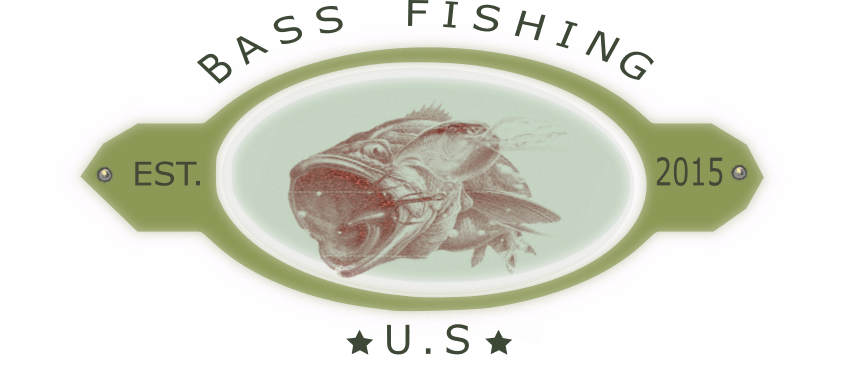
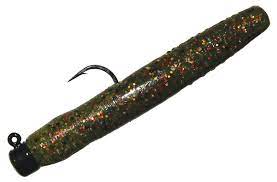
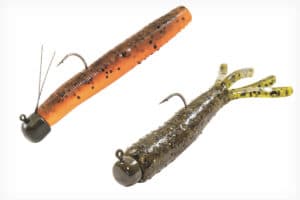

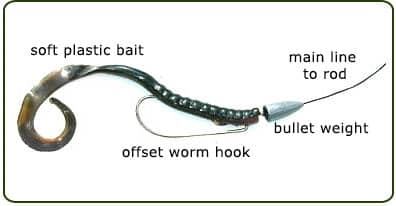
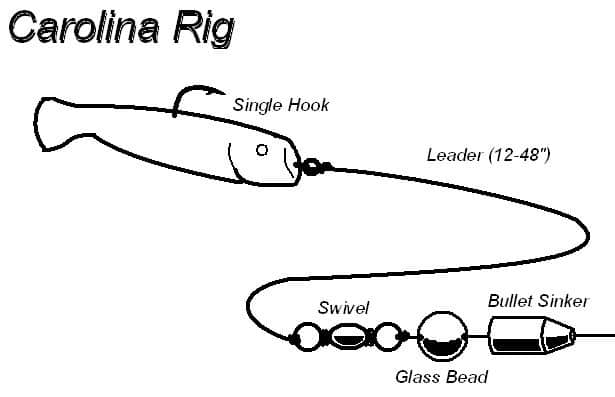
Leave a comment